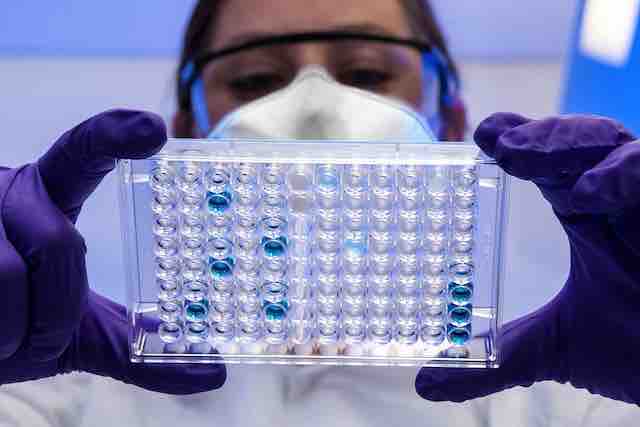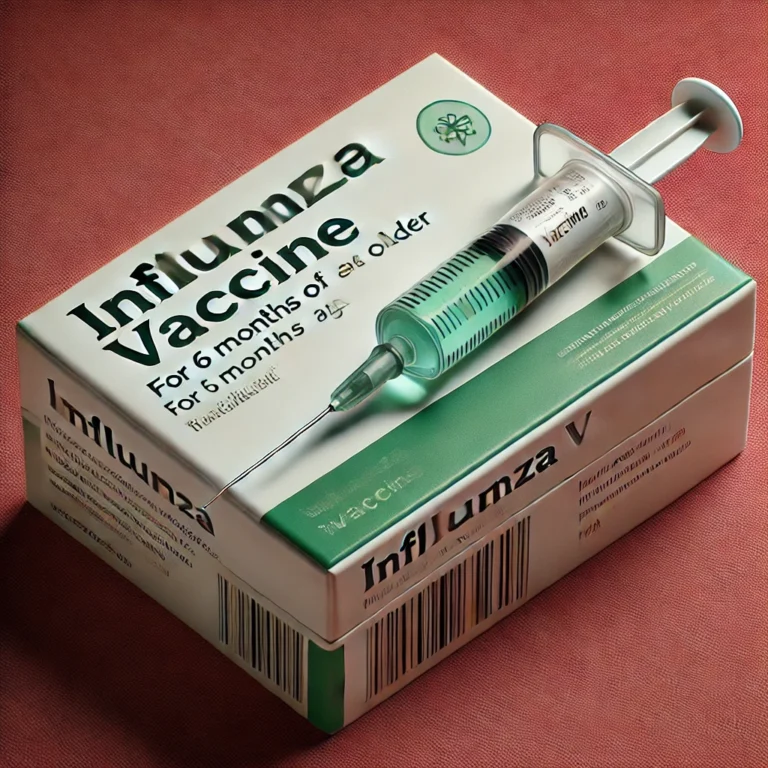In a recent revelation by the Centers for Disease Control and Prevention (CDC), concerns have been raised about the potential endemicity of leprosy in Central Florida. Leprosy, a disease that has plagued humanity for centuries, is raising its head again, warranting attention, and understanding. In this article, we explore the essential facts about leprosy, its implications for the region, and how to stay informed and protected.
Understanding Leprosy
Leprosy, also known as Hansen’s disease, is an ancient bacterial infection caused by Mycobacterium leprae. The disease primarily affects the skin, nerves, and mucous membranes, leading to skin lesions, nerve damage, and disfigurement if left untreated. While leprosy is relatively rare in most parts of the world, it has historically been endemic in certain regions, including parts of Africa, Asia, and South America.
The Situation in Central Florida
Central Florida’s potential leprosy endemicity has caught the attention of health authorities and the public alike. Endemicity refers to the constant presence of a disease within a specific geographic area, making it a public health concern. While the situation is still being studied and investigated, early indications warrant vigilance and proactive measures.
Key Symptoms and Transmission
Leprosy can manifest in various ways, making it crucial to recognize its symptoms for early diagnosis. The disease primarily presents with skin patches that may be lighter or redder than the surrounding skin. These patches may lack sensation, making individuals prone to injuries and infections. Numbness, weakness, and muscle paralysis are also common, particularly in the hands and feet.
Transmission of leprosy occurs through prolonged and close contact with an untreated individual infected with Mycobacterium leprae. Thankfully, leprosy is not highly contagious, and early diagnosis and treatment can prevent further transmission.
Preventive Measures
To protect yourself and your community from potential leprosy outbreaks, it’s essential to follow preventive guidelines issued by health authorities. These may include:
Early Diagnosis: If you notice any skin patches, loss of sensation, or any other symptoms, consult a healthcare professional promptly.
Hygiene: Maintain proper personal hygiene and cleanliness to reduce the risk of infection.
Avoiding Close Contact: Minimize prolonged and close contact with individuals showing symptoms of leprosy until they have received appropriate medical treatment.
Treatment: Leprosy is treatable with antibiotics, and early treatment can prevent severe complications and halt further transmission.
Education and Awareness: Stay informed about leprosy through reliable sources like the CDC and share accurate information with family and friends.
As the CDC continues to monitor the situation in Central Florida, understanding leprosy and its implications becomes crucial for everyone in the region. While the disease may still be relatively rare, awareness and early diagnosis are essential to prevent any potential endemic spread. By staying informed, following preventive measures, and encouraging others to do the same, we can collectively contribute to safeguarding our community’s health and well-being. Let us work together to tackle this challenge and ensure a healthier future for Central Florida.












